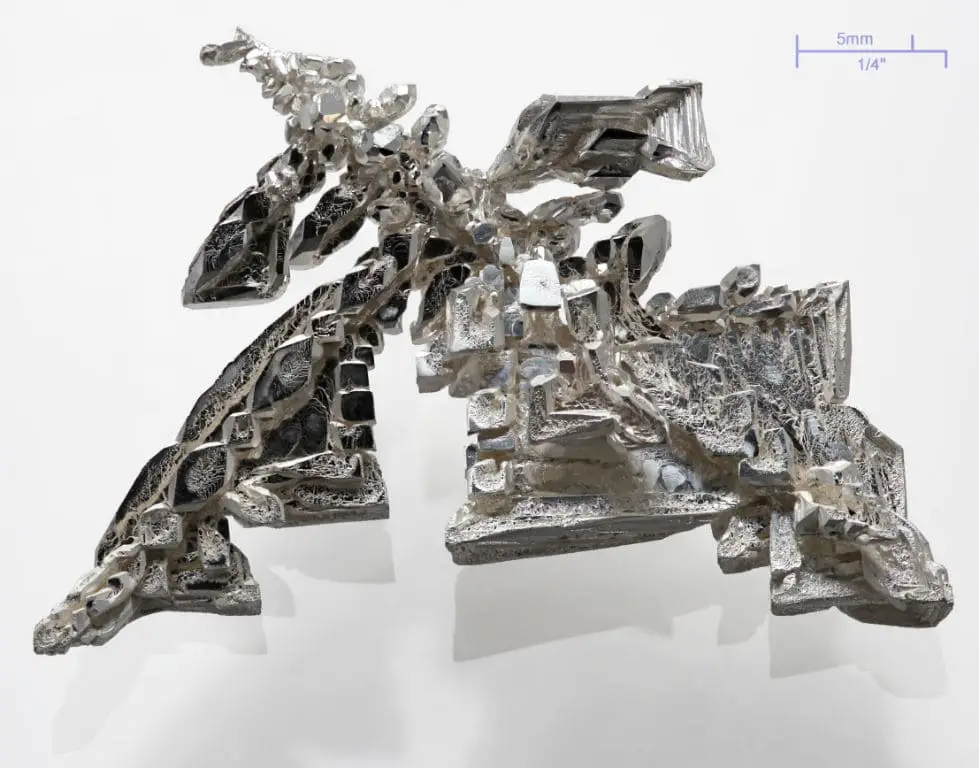Silver has been valued as a precious metal for thousands of years. It has been used as a form of currency, for jewelry and decorative items, and for its conductive properties in electronics. But where did its chemical symbol Ag come from? Understanding the history and origins of the term can provide insight into this unique element.
The History of the Term Silver
The word silver dates back to Old English and Germanic languages. It comes from the Proto-Germanic “silubr” which derives from the Proto-Indo-European root “arg-” meaning white or shining. This root gives silver its ancient symbolic meaning representing the color white.
In ancient Rome and Greece, silver was known as “argentum” derived from the same Proto-Indo-European root. This became the inspiration for its chemical symbol Ag. The term argentum is Latin for silver or silver-white.
Some other facts about the history and origins of the word silver:
- The Old English term for silver was “seolfor” and the Germanic word was “silabar”.
- Argentum may have originated from the Greek word “argos” meaning white or shining.
- Silver mines in ancient Greece were located in the province of Argolis, possibly contributing to silver’s Greek name.
- The slash symbol for silver (Ag) comes from the Latin word argentum.
Silver’s Unique Properties
Silver has unique chemical and physical properties that have made it useful to civilizations throughout history:
- It has the highest electrical and thermal conductivity of all metals.
- It has a brilliant white luster and high reflectivity.
- It is malleable and ductile but also harder than gold.
- It has anti-microbial properties making it useful for medical applications.
- It is one of the least chemically reactive metals with high resistance to corrosion and oxidation.
These special properties stem from silver’s electron configuration which includes a completely filled 4d subshell and single 5s electron. This allows it to easily give up its lone valence electron while keeping a stable noble gas electronic configuration.
Discovery and Source
Silver has been highly valued and worked by humans for at least 5,000 years. Earliest evidence of mining dates back to 3000 BC in Anatolia, now part of modern-day Turkey. However, silver’s discovery and origin as a native element predates recorded human history.
Silver can be found in its native form as nuggets or grain-like particles in mineral veins and lodes. Most silver is produced as a by-product during processing of these lead, copper, gold, and zinc ores:
| Ore Mineral | Chemical Formula |
|---|---|
| Galena | PbS |
| Bornite | Cu5FeS4 |
| Argentite | Ag2S |
Today, Mexico is the world’s leading silver producing country providing close to 20% of the global production. Other major producers include Peru, China, Australia, Russia, and Poland.
Use as Money and Silver Standards
For centuries, silver’s appeal as a precious metal made it a key form of money. Silver coins and bullion served as currency in many ancient civilizations. The first known coins were minted in the kingdom of Lydia around 600 BC with silver as the main metal.
Under the bimetallic standard, both gold and silver could be used to back currency. Many nations used a silver standard in the 19th and early 20th centuries with silver coins circulating as money. The United States maintained a silver standard from 1837 until it transitioned to a gold standard in 1900. Under this system, anyone could present silver bullion to the mint to coin into money.
Some key facts about silver standards:
- Silver often served as the main monetary standard while gold was used for international transactions.
- The Coinage Act of 1873 discontinued the free minting of silver, limiting money supply and triggering controversy.
- Shortages of gold supplies increased reliance on the silver standard in the late 1800s.
- The Great Depression spurred countries to eventually abandon silver and gold standards.
Fiat currencies now dominate the global monetary system. However, silver still retains value as a precious metal and store of wealth.
Symbol Ag and the Periodic Table
Silver’s chemical symbol Ag and atomic number 47 on the periodic table comes from the Latin Argentum. It is a transitional metal and is classified as a group 11 element sharing some properties with copper and gold.
Here are some key facts about silver’s position on the periodic table:
- It is located in period 5, between palladium (Pd) and cadmium (Cd).
- It is situated in group 11 below copper (Cu) and gold (Au).
- The three group 11 elements all have a single s-electron in the outer shell.
- In its group, reactivity increases from Au to Ag to Cu.
- Among the period 5 elements, Ag falls between the transition metals to its left and the post-transition metals on its right.
Understanding how silver fits into the overall organizational structure of elements can provide deeper insight into its chemical properties and behavior.
Conclusion
Silver’s long history means its chemical name comes from an ancient Latin word rather than a modern scientist. Argentum became anglicized as silver but provided the root for its elemental symbol Ag. This reflects how the unique properties of silver made it valued for coinage and jewelry for millennia before the evolution of modern chemistry.
Tracing silver’s origins and chemical name also reveals key evolutionary links to other precious metals like gold and copper. As an element, silver crosses boundaries between the transitional and post-transitional metals. Its electron configuration gives it a coveted balance of chemical stability and reactivity. Understanding why silver is called Ag provides a window into the origins, identity, and underlying nature of this versatile precious metal.


